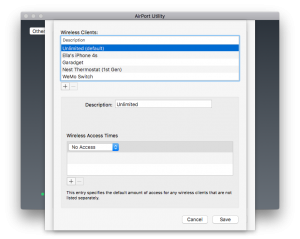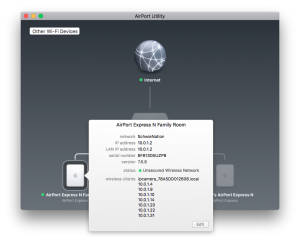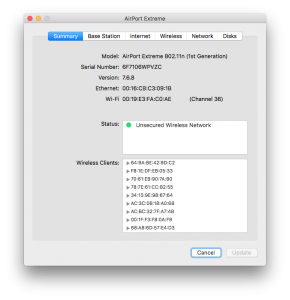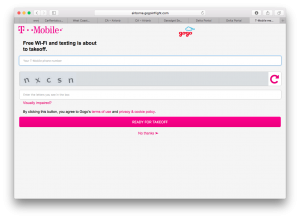The App Store seems to handle several apps and keeping them updated, but other apps I just don’t want the App Store to bothering me about.
If you have a similar issue, open up Terminal.app, paste in the following command, and press enter:
softwareupdate –list
It will take a while to churn out a list, it will churn out something like this:
BCS-MBP-2:~ brad$ softwareupdate –list
Software Update Tool
Copyright 2002-2015 Apple Inc.
Finding available software
Software Update found the following new or updated software:
* macOS Sierra Update-10.12.3
macOS Sierra Update (10.12.3), 1024181K [recommended] [restart]
* iTunesXPatch-12.5.5
iTunes (12.5.5), 113476K [recommended]
If you notice the title of the software app you no longer want to be bothered with, copy it and insert its name into the following Terminal command:
softwareupdate –ignore iTunesXPatch-12.5.5
Unfortunately, softwareupdate –list doesn’t seem to be showing third party software apps at the moment – I’ll report back if I figure this out, otherwise, dear readers, please drop a comment below.




